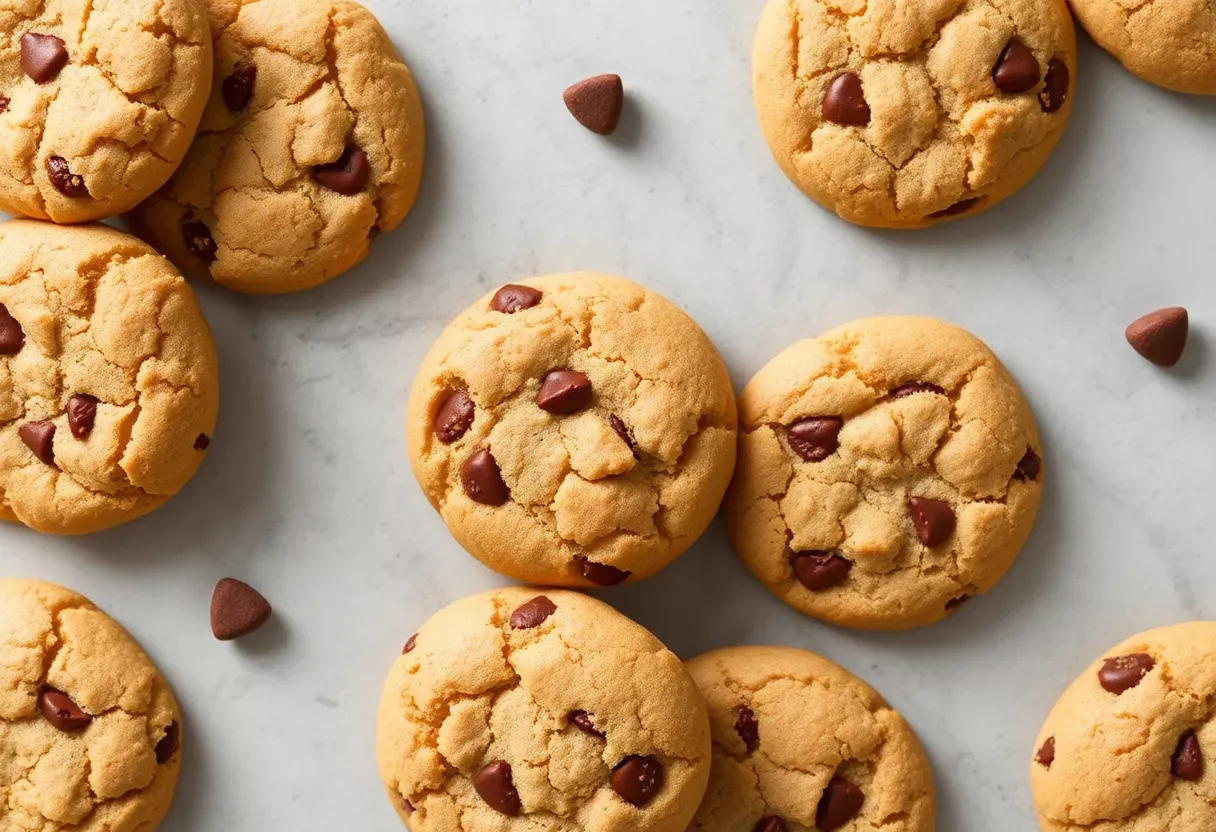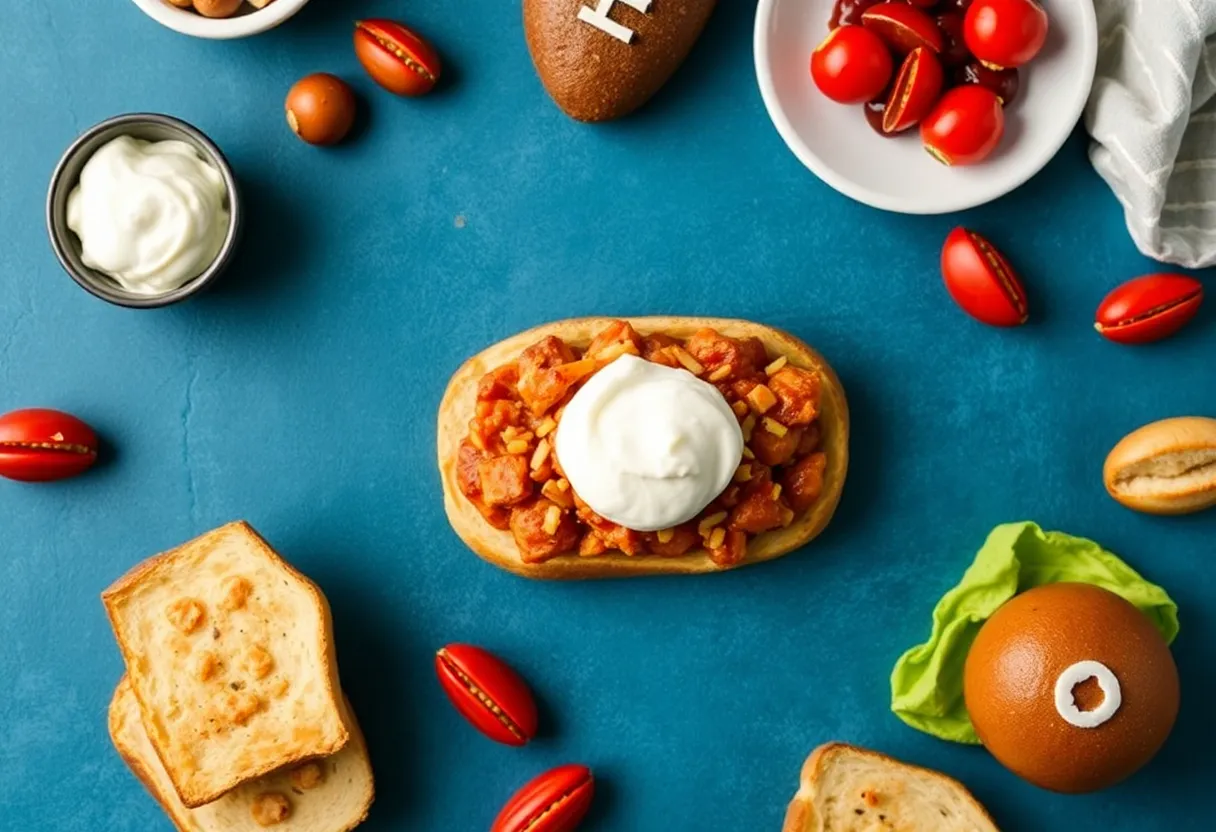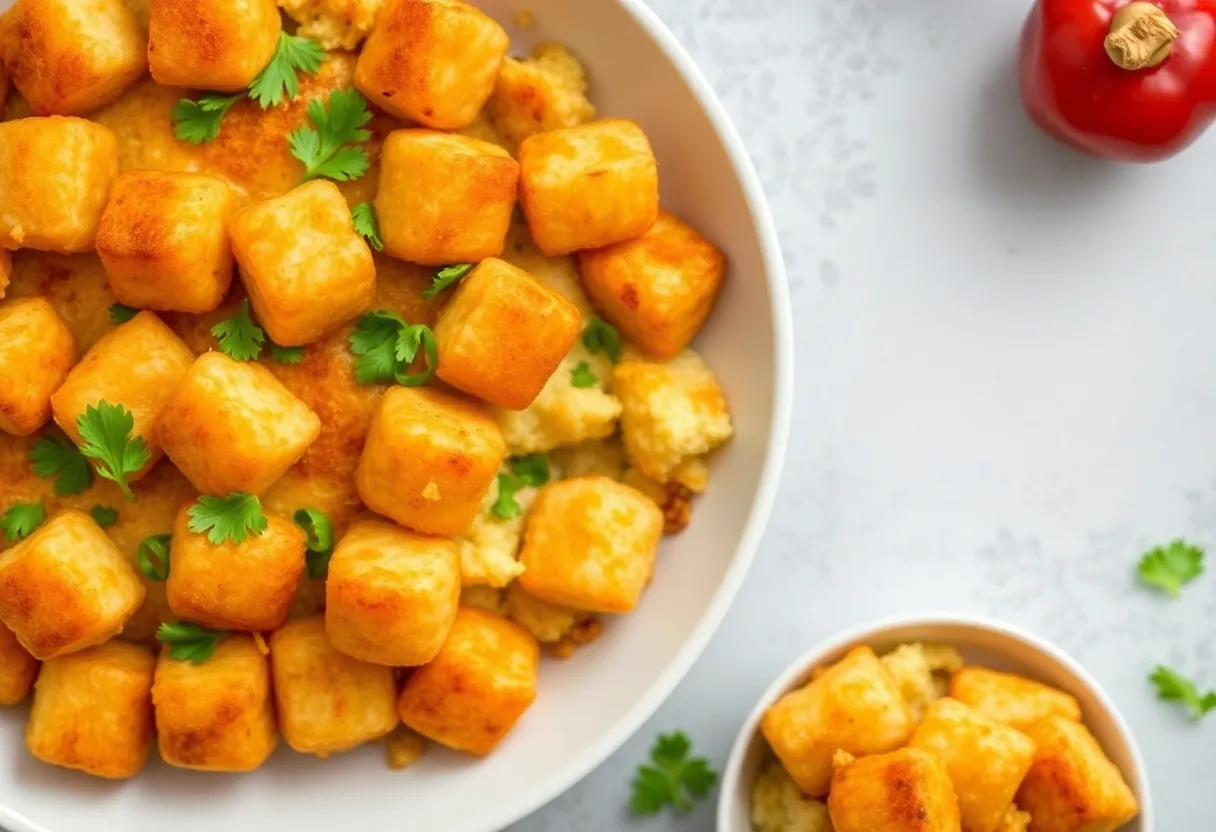You’ve heard the hype. Maybe your gut feels like a war zone after pizza night, or your doctor dropped the “gluten-free” bomb. Whatever the reason, you’re here—ready to ditch gluten without losing your sanity.
Good news: it’s not as hard as your carb-loving brain thinks. Bad news? Bread will never be the same.
But who needs soggy sandwiches when you can feel amazing?
Why This Gluten-Free Plan Works
Most beginner guides treat gluten-free like a prison sentence. Not this one. We focus on simple swaps, real food, and not crying over pasta.
No weird ingredients, no 20-step recipes, just a straightforward way to eat without feeling deprived. Plus, your digestive system might finally stop plotting against you.
Gluten-Free Pantry Essentials
Stock these, and you’re 90% done:
- Proteins: Chicken, fish, eggs, tofu (unless tofu terrifies you).
- Veggies: All of them. Yes, even the weird ones.
- Gluten-free grains: Quinoa, rice, oats (labeled GF—regular oats are traitors).
- Flours: Almond, coconut, or a 1:1 GF blend for baking.
- Snacks: Nuts, popcorn, dark chocolate (because life’s too short).
How to Start Gluten-Free: A Listicle for the Lazy
- Purge your kitchen. Toss obvious gluten bombs: bread, pasta, cereal.
Or donate them to your carb-fiend roommate.
- Read labels like a detective. Gluten hides in soy sauce, salad dressing, and sometimes even lip balm (seriously).
- Master one easy meal. Try scrambled eggs with veggies and GF toast. Congrats, you’re a chef now.
- Find your fast-food fixes. Chipotle bowls (skip the tortilla) and Five Guys lettuce wraps save hangry meltdowns.
- Experiment slowly. Don’t buy 10 kinds of GF pasta at once—some taste like cardboard regrets.
Storage Tips to Avoid Gluten Cross-Contamination
Gluten is clingier than a bad ex. Keep your food safe:
- Use separate toasters or toaster bags for GF bread.
- Label condiments if shared with gluten-eaters (double-dipping = betrayal).
- Store GF flours in airtight containers—they attract moisture like gossip attracts drama.
Benefits of Going Gluten-Free (Besides Not Feeling Like a Bloated Balloon)
If you’re sensitive or celiac, the perks are instant.
For others, it’s a mixed bag, but potential wins include:
- Better digestion (goodbye, 3 p.m. food coma).
- Clearer skin (gluten can trigger acne—who knew?).
- More energy (unless you replace gluten with sugar, then… good luck).
Common Mistakes That’ll Ruin Your Gluten-Free Life
Avoid these like gluten-filled buffet lines:
- Assuming “wheat-free” = gluten-free. Barley and rye are also enemies.
- Overdoing processed GF foods. They’re often sugar bombs with a health halo.
- Not speaking up at restaurants. “Gluten-sensitive” sounds nicer than “I’ll sue you,” but be firm.
Gluten-Free Alternatives That Don’t Suck
Swap these in and barely notice the difference:
- Pasta: Brown rice or lentil pasta (avoid corn pasta—it’s mushy sadness).
- Bread: Canyon Bakehouse or sourdough GF (toast it for best results).
- Beer: Glutenberg or Holidaily (or just switch to wine like an adult).
FAQs for the Gluten-Curious
Is gluten-free healthier for everyone?
Nope. If you’re not sensitive, it’s just a diet trend. But hey, fewer croissants might help your jeans fit.
Will I lose weight going gluten-free?
Only if you ditch junk food.
GF cookies are still cookies. Sorry.
How long until I feel better?
Celiacs? A few days.
Non-celiacs? Maybe never. Listen to your body.
Is gluten-free more expensive?
Yes, but skipping $7 artisanal bread helps.
Prioritize whole foods over fancy GF snacks.
Final Thoughts
Going gluten-free isn’t a magic fix, but if your body’s screaming for a break, it’s worth a shot. Start simple, stay patient, and remember: a life without gluten isn’t a life without joy. It’s just a life without… well, regular pizza.
But hey, cauliflower crust exists. (We’re still working on forgiving it.)






